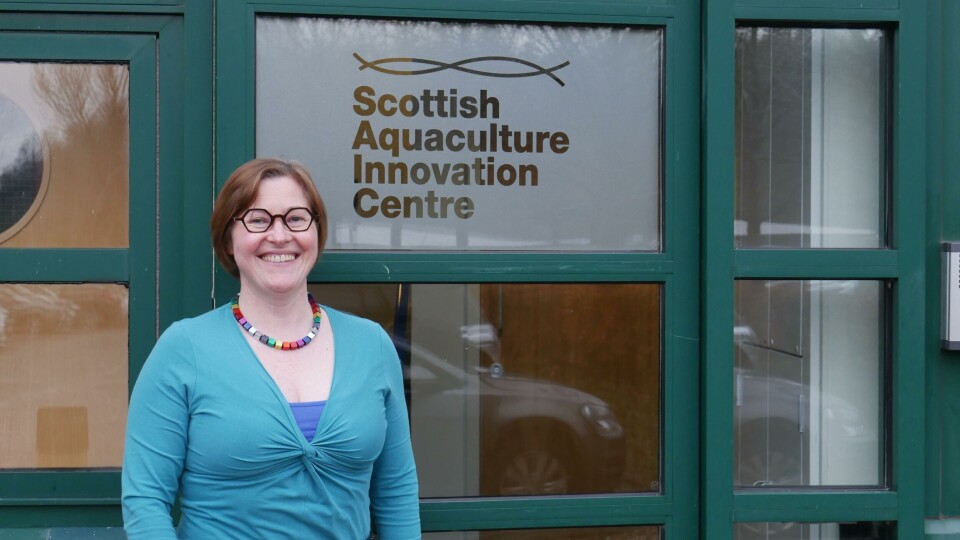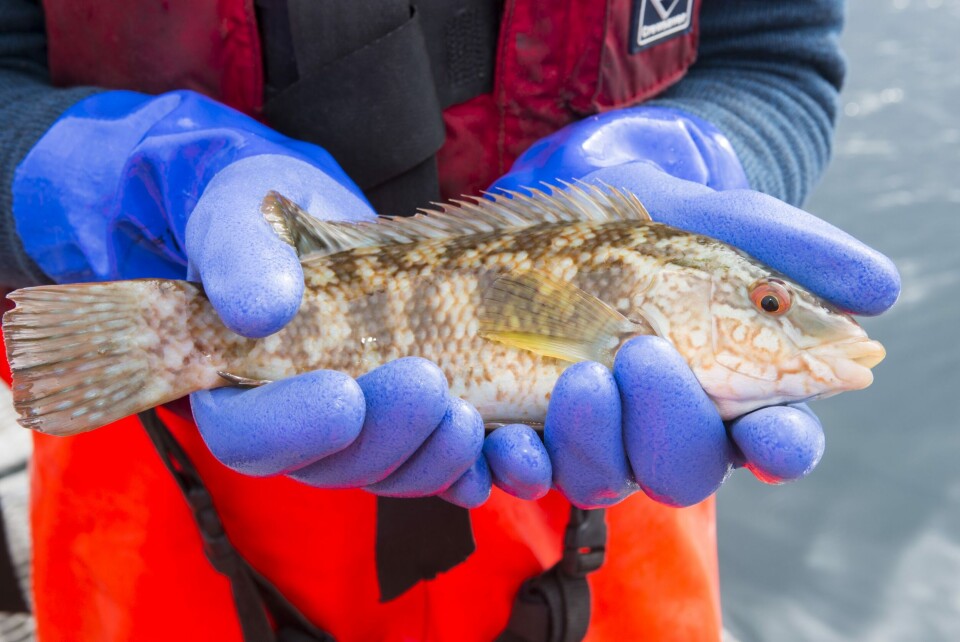
How salmon farming can scale sustainably in Scotland
Opinion: Heather Jones, chief executive of the Scottish Aquaculture Innovation Centre, says technological advancement is key to the sustainability required for the industry to grow.
Few parts of Scotland’s economy have attracted more interest over the last couple of years than aquaculture – particularly its largest constituent, salmon farming. In the past six months alone, it has been the subject of new environmental regulations, reports from Scottish Parliament committees, a subsequent parliamentary debate, and a BBC Panorama report.
Such a level of enquiry and debate is to be welcomed – if anything, it underlines the increasingly important role that aquaculture is playing in Scotland. Indeed, the sector’s latent potential was highlighted by a recent report from Highlands and Islands Enterprise, which found that the marine economy could be worth as much £5 billion by 2035.
18,000 jobs by 2030
Aquaculture should come to account for the majority of this figure. By 2030, the sector is aiming to sustainably double its contribution to the economy to £3.6 billion and support 18,000 jobs – two-thirds of them in rural areas. In fact, the farmed fish sector is already taking the biggest share of seafood sales in our supermarkets – more than double that of the next two most popular species, cod and tuna.
Farmed fish and shellfish are a cornerstone of Scotland’s burgeoning food and drink sector. Yet, since the development of salmon farming in the 1970s, Scotland’s share of global production has declined.
Other countries – Norway and Chile, in particular – have expanded their operations and made the most of the opportunities afforded by their long coastlines and the insatiable appetite for salmon and other seafood. Often seen as an important and sustainable source of protein as the world’s population expands, the UN forecasts farmed sources will become an ever-larger source of fish protein in the years to come.
The decades since the inception of farmed fish have been characterised by stubbornly low growth for the industry in Scotland. Over the past 10 years, the rate of production has increased at an average of 1.8% per annum, which pales in comparison to the 16% average in Norway.
Achieving such an upturn will undoubtedly present challenges, of which industry and government are only too aware. However it is done, economic, social and environmental sustainability - as well as the welfare of fish - have to be among the core principles that drive growth and ensure the sector is fit for purpose.

Innovation will be crucial
Perhaps the best-known of these tests is management of the all-pervasive sea louse. While on-farm levels of the parasite are at their lowest for six years in Scotland, increasing efficacy to manage sea lice worldwide remains a critical issue. The industry is addressing this challenge through a range of initiatives including the SAIC-backed project to breed farm-reared ‘cleaner’ fish, which offer a sustainable way of tackling sea lice in the long term.
As this example demonstrates, the challenges are not insurmountable. It also shows that innovation will be absolutely crucial – a fact supported by a range of studies. Among them, analysis from Frontier Economics suggested that 60% of economic growth comes through technological progress, while a recent report on global aquaculture from the OECD pointed to industry growth depending on scientific and technological innovation.
Aquaculture may already play a vital role in the Scottish food and drink industry – but it could be a keystone for the entire economy. The benefits for that are clear: economic growth and high-skilled jobs, particularly in rural locations, founded on a premium domestic and export product which will likely only grow in importance. But, for us to take that giant leap forward and unleash the sector’s potential – sustainably, with fish health at the heart of industry endeavour – then innovation is key.























































